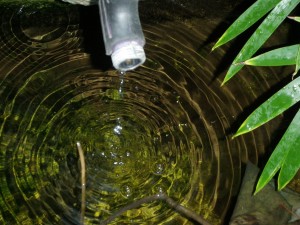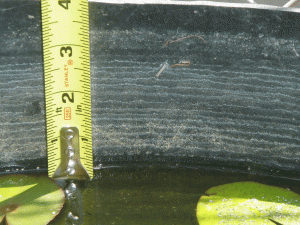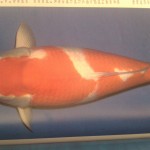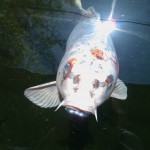 If you have waterfalls or a fountain in your pond you can lose water from your pond when the water is splashed out.
If you have waterfalls or a fountain in your pond you can lose water from your pond when the water is splashed out.
An unchecked splash can be like a slow dripping faucet. A slow dripping faucet can lose 5 to 10 gallons of water per day, 20 to 30 gallons for a fast dripping faucet. Imagine what a waterfall or fountain that splashes is wasting. If you can see any kind of water escaping (sometimes its hidden from sight), it will add up very quickly into a sizable amount of water. There are repairs, adjustments, and many other things that we have found over the years to avoid all of this water loss and help lower your excessive water bill.
Remember whether its from evaporation, or splashed water, some water lose is normal, but make sure your pond or fountain is not losing too much.





